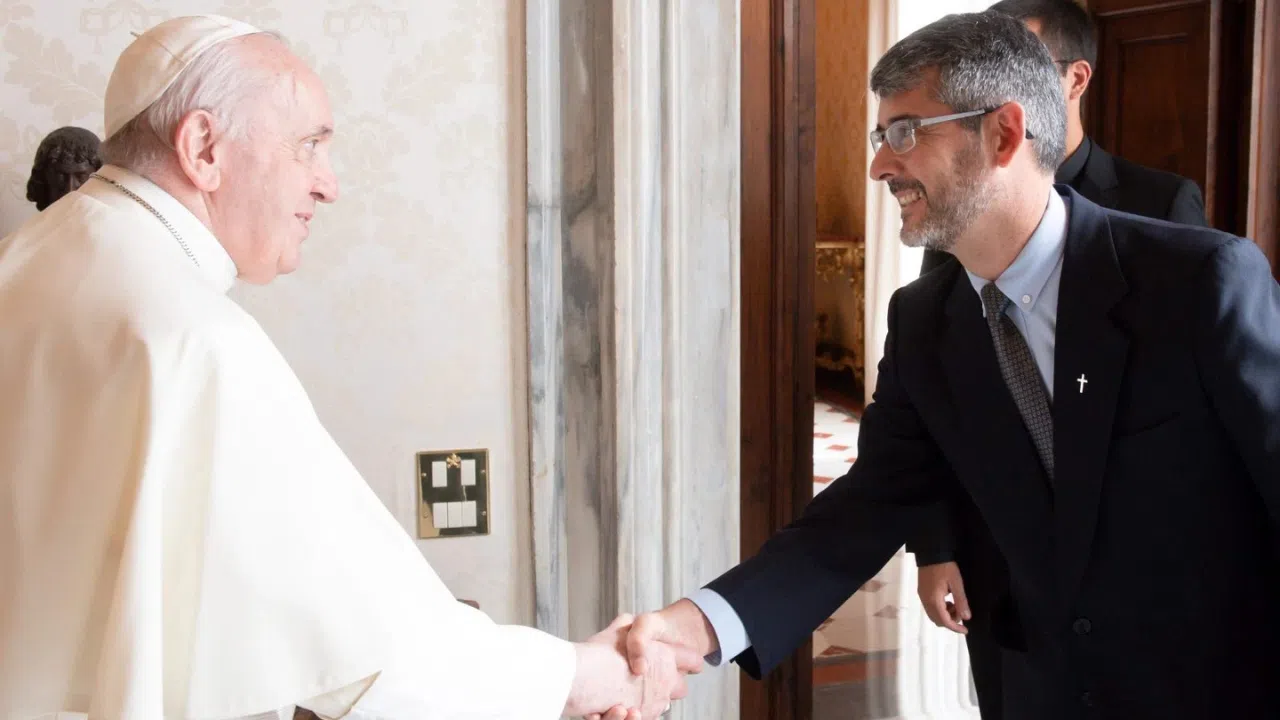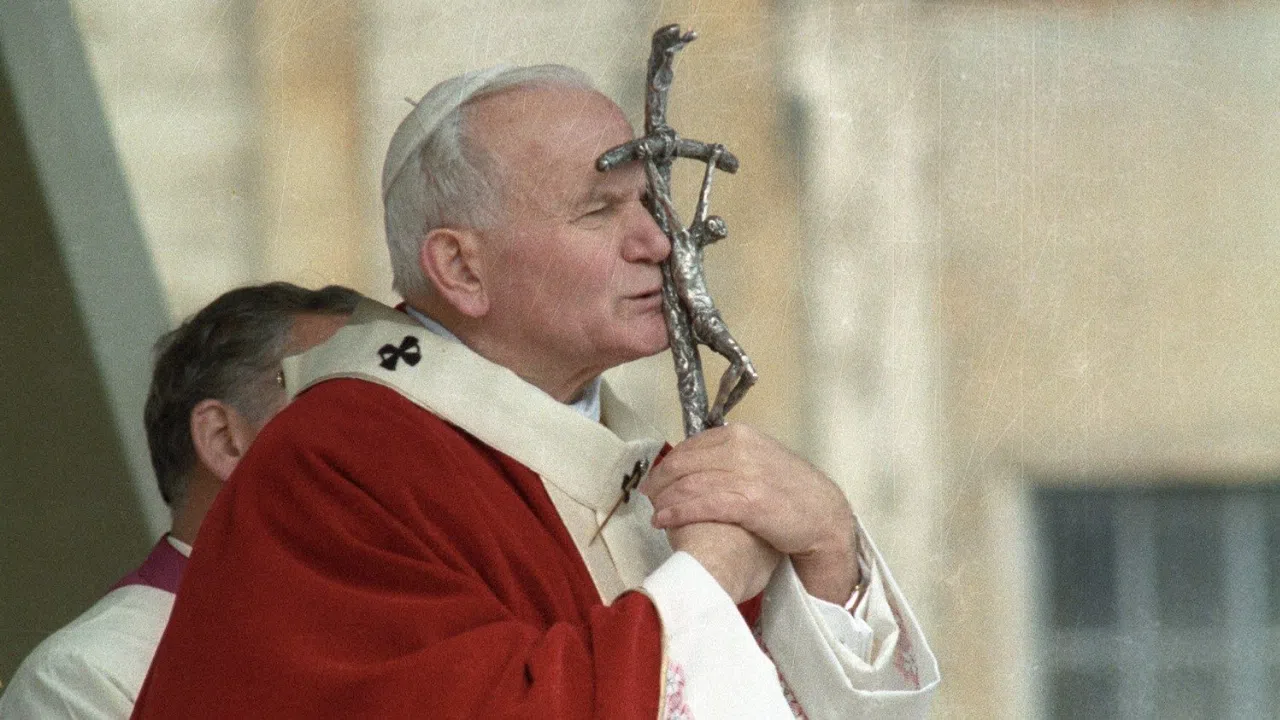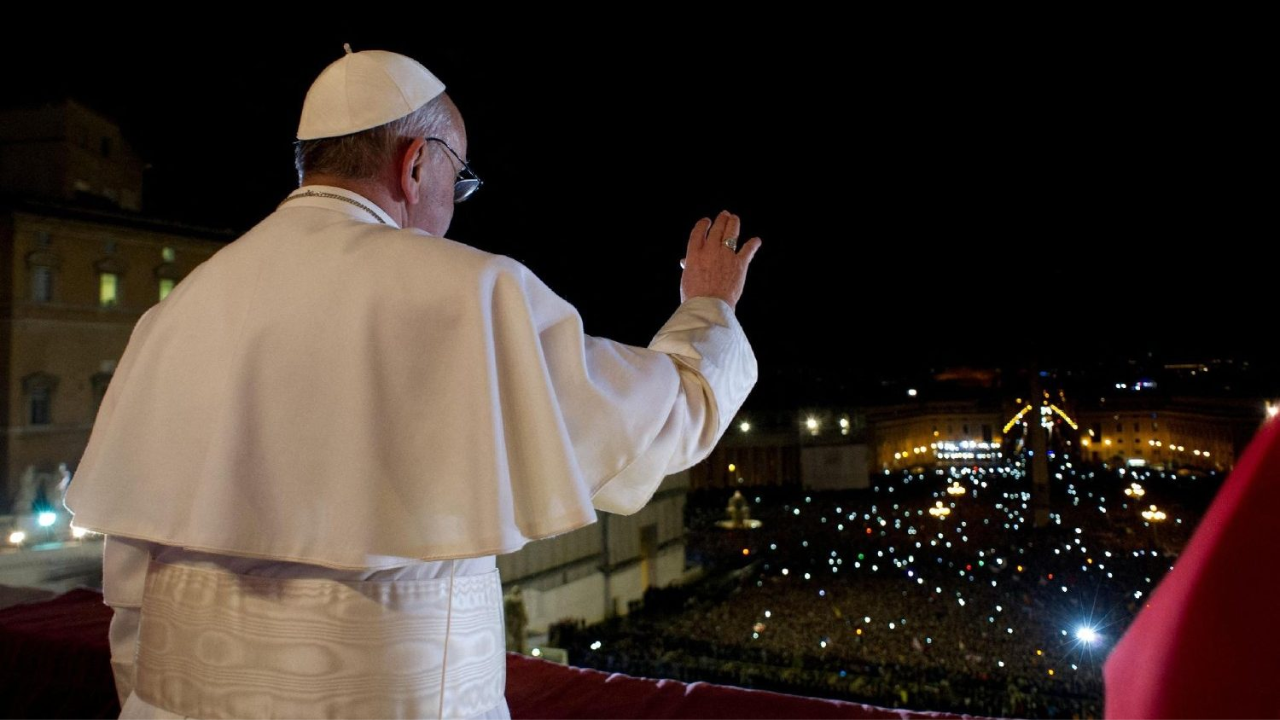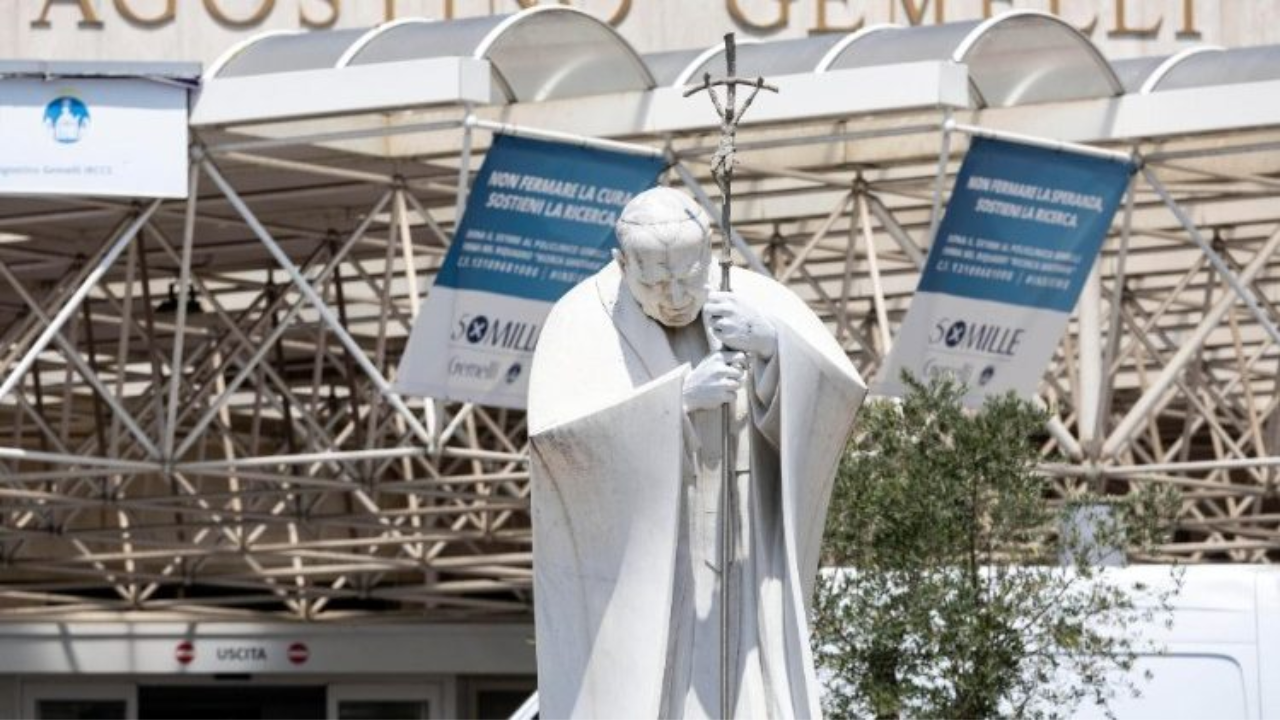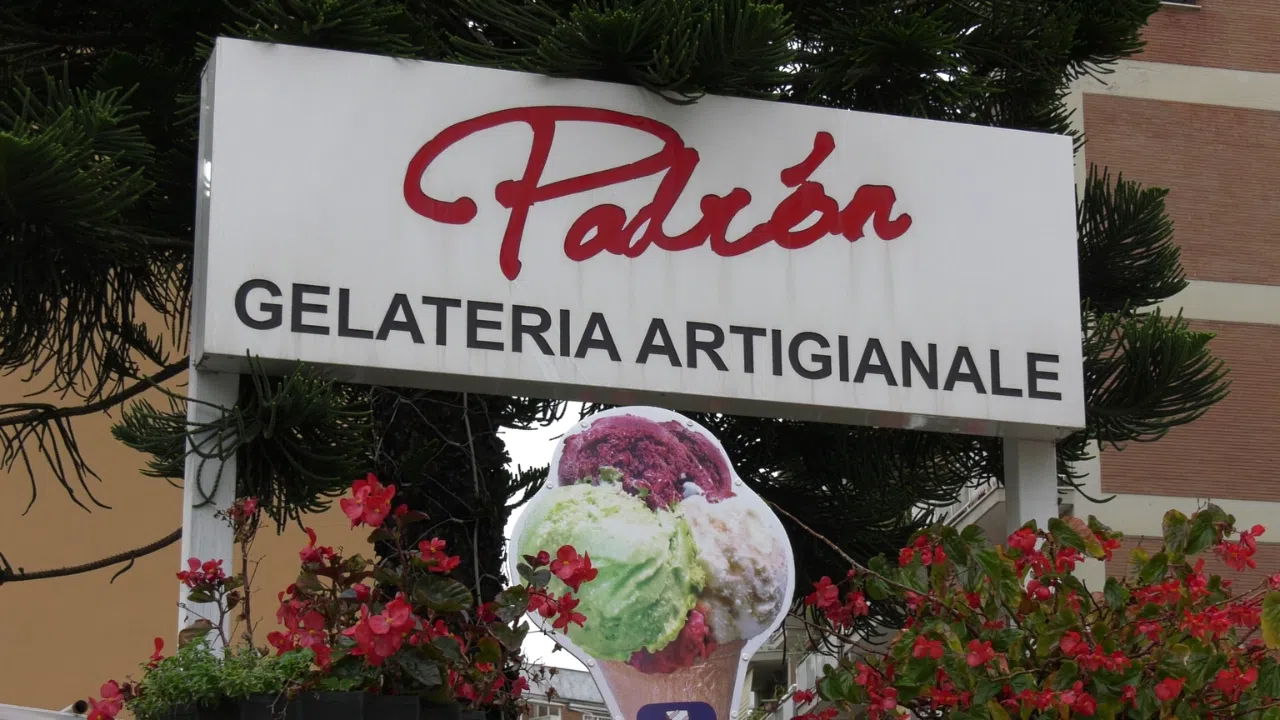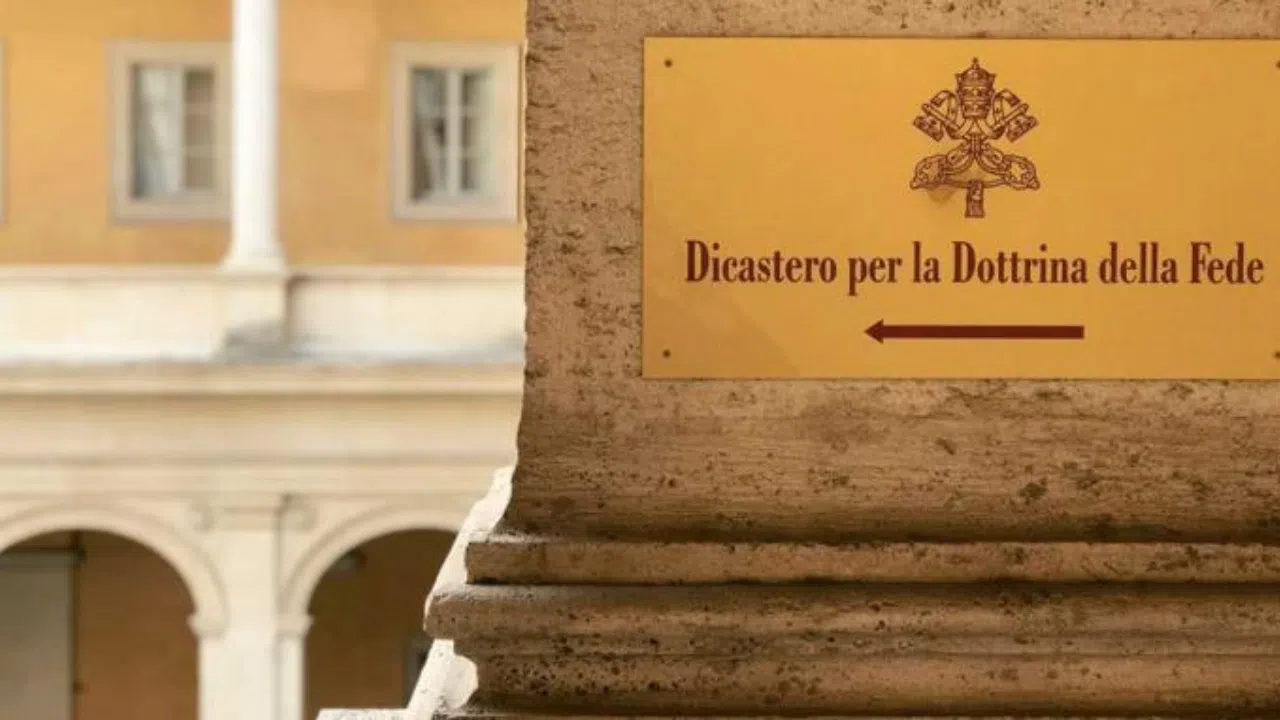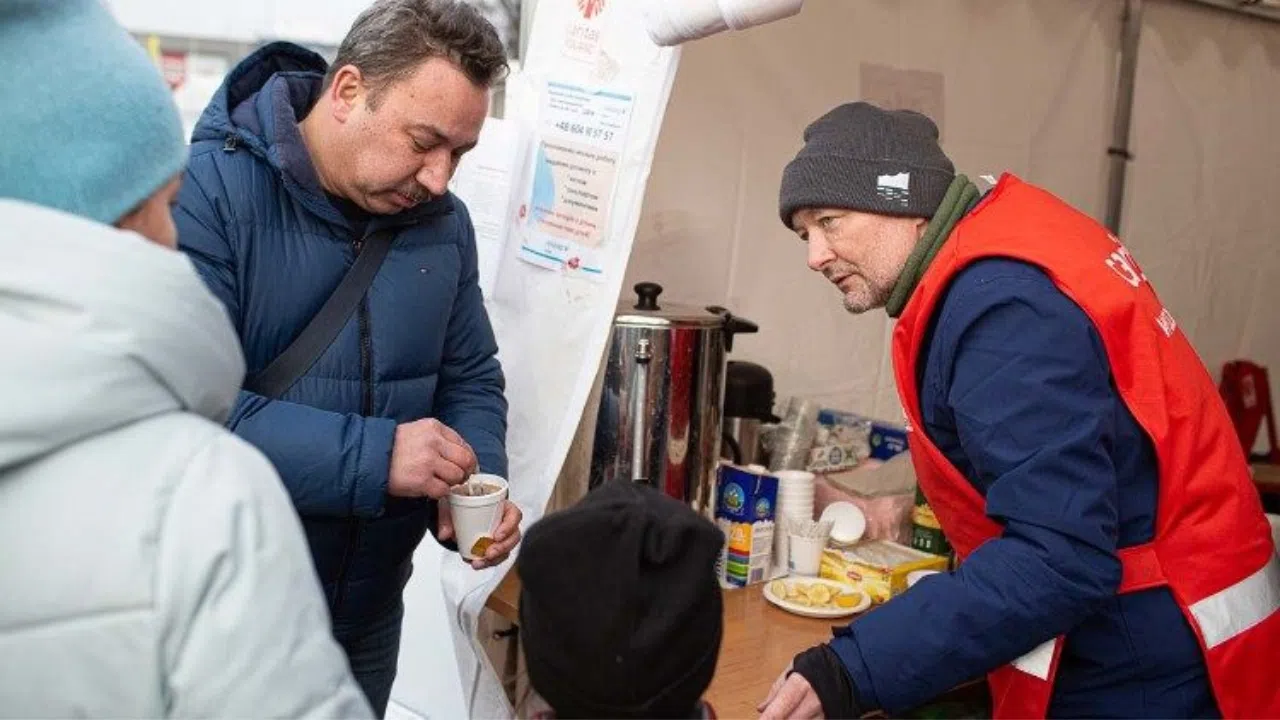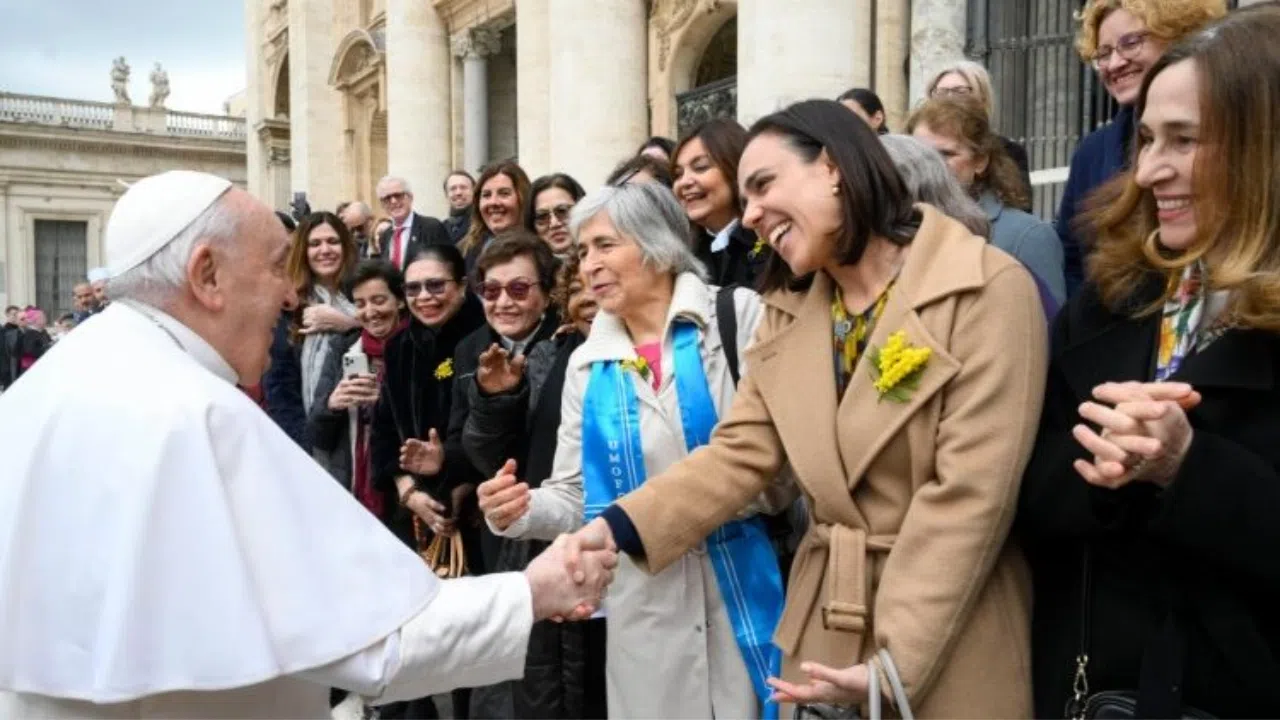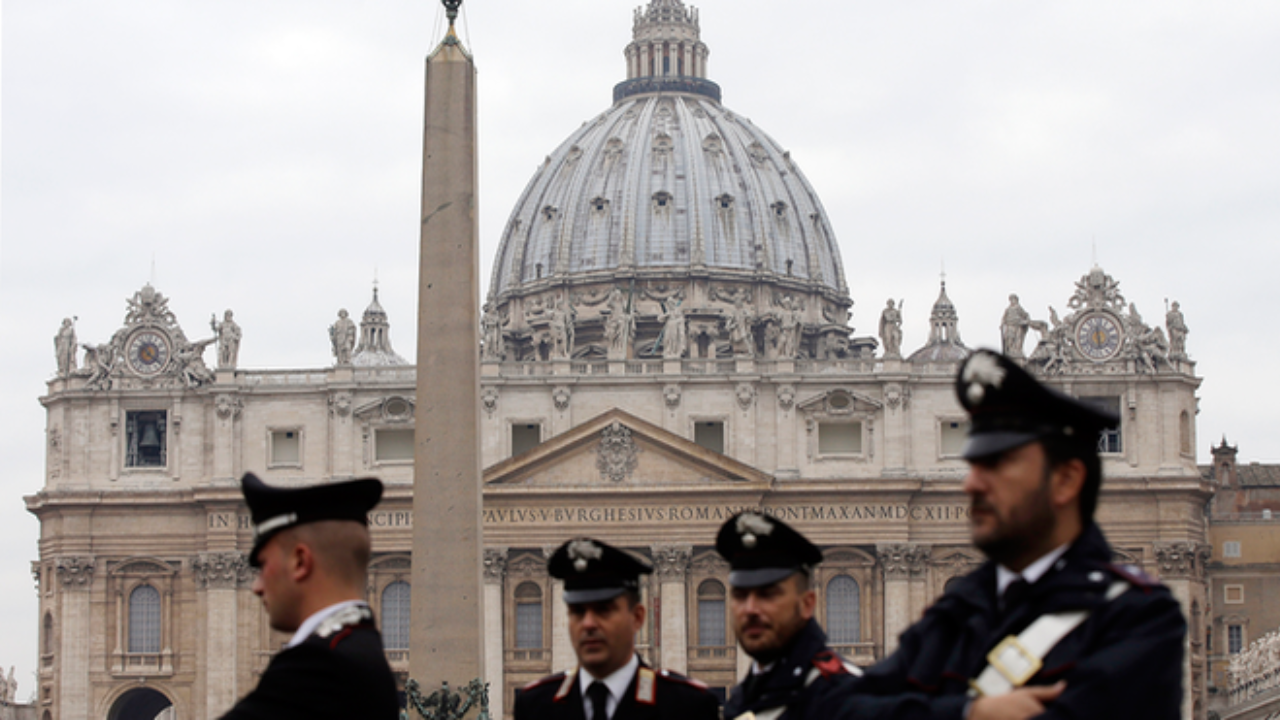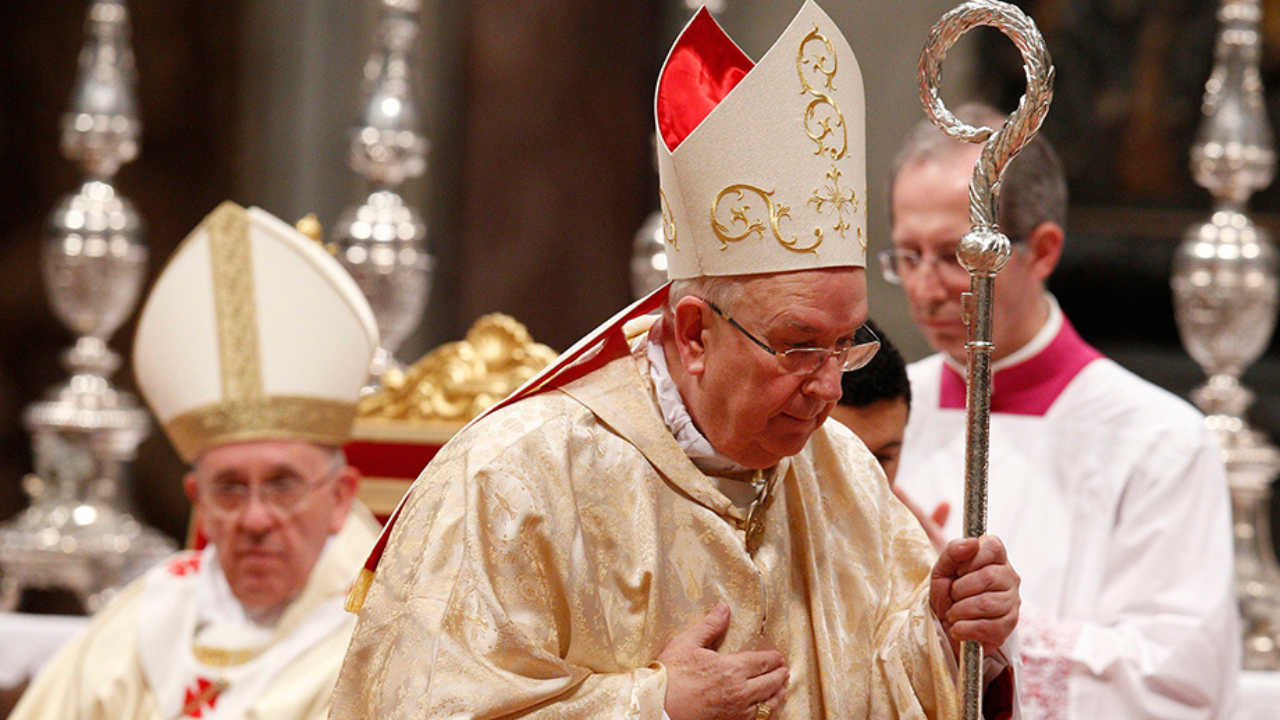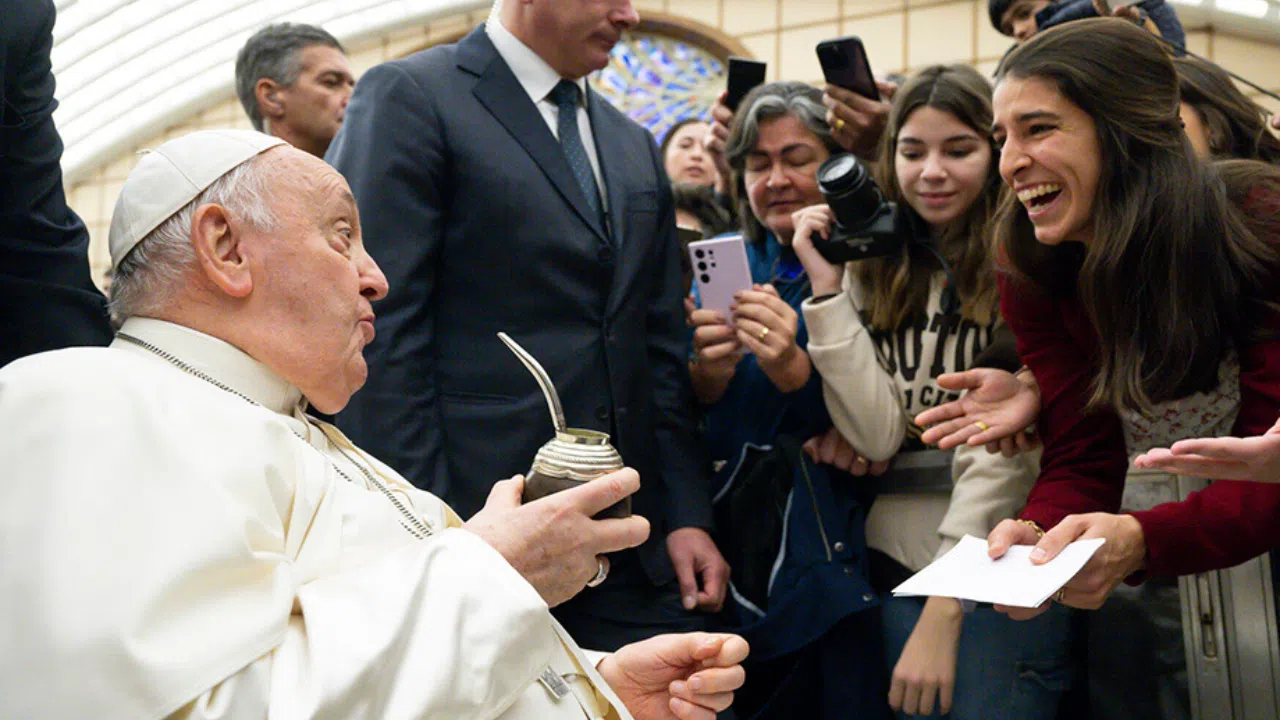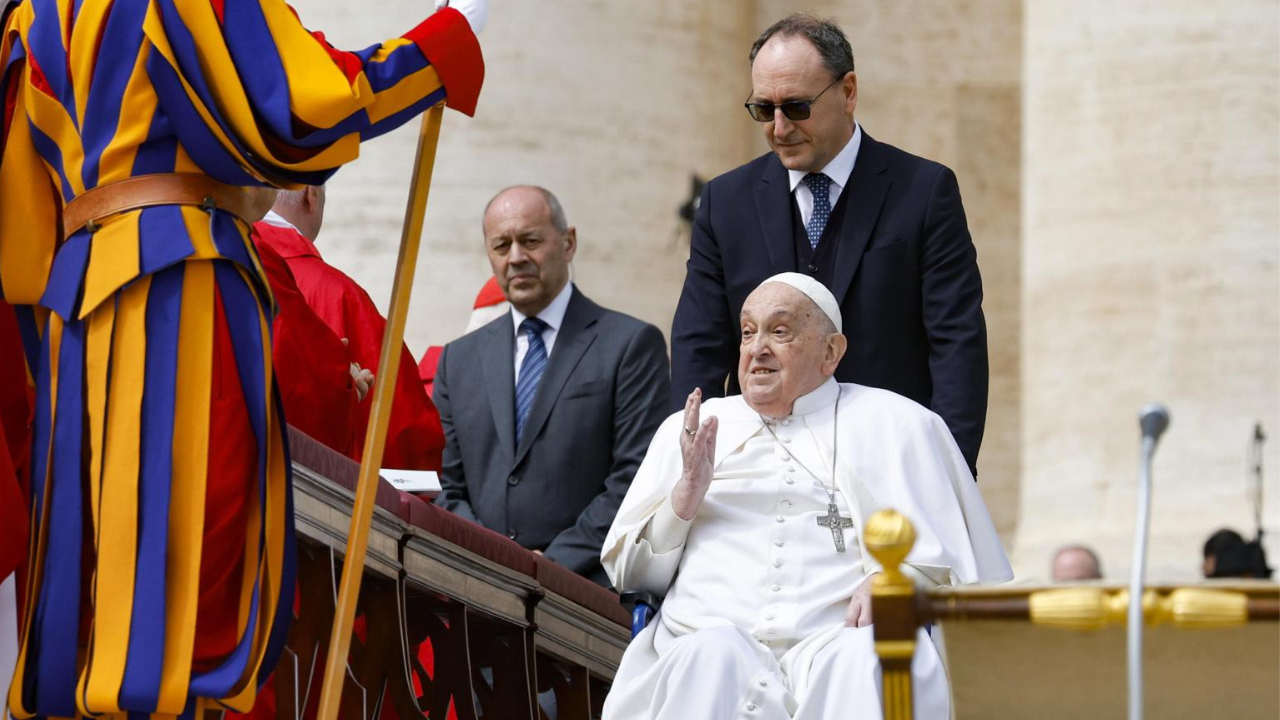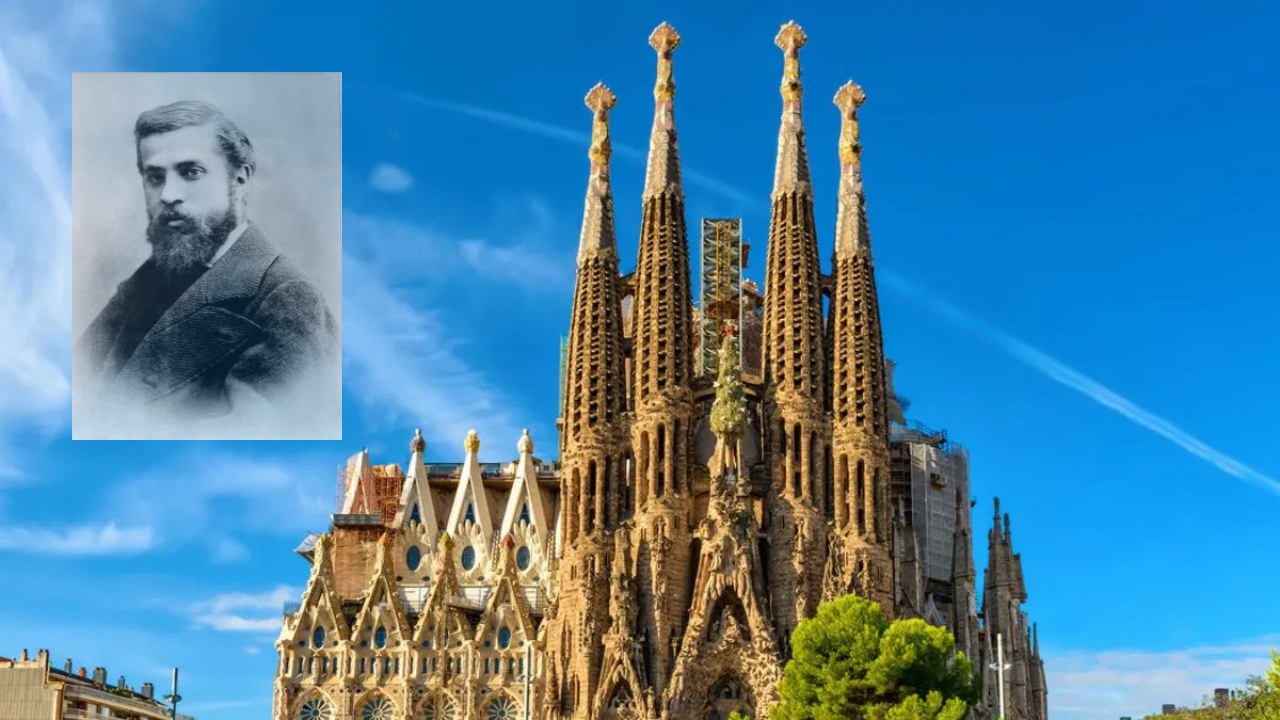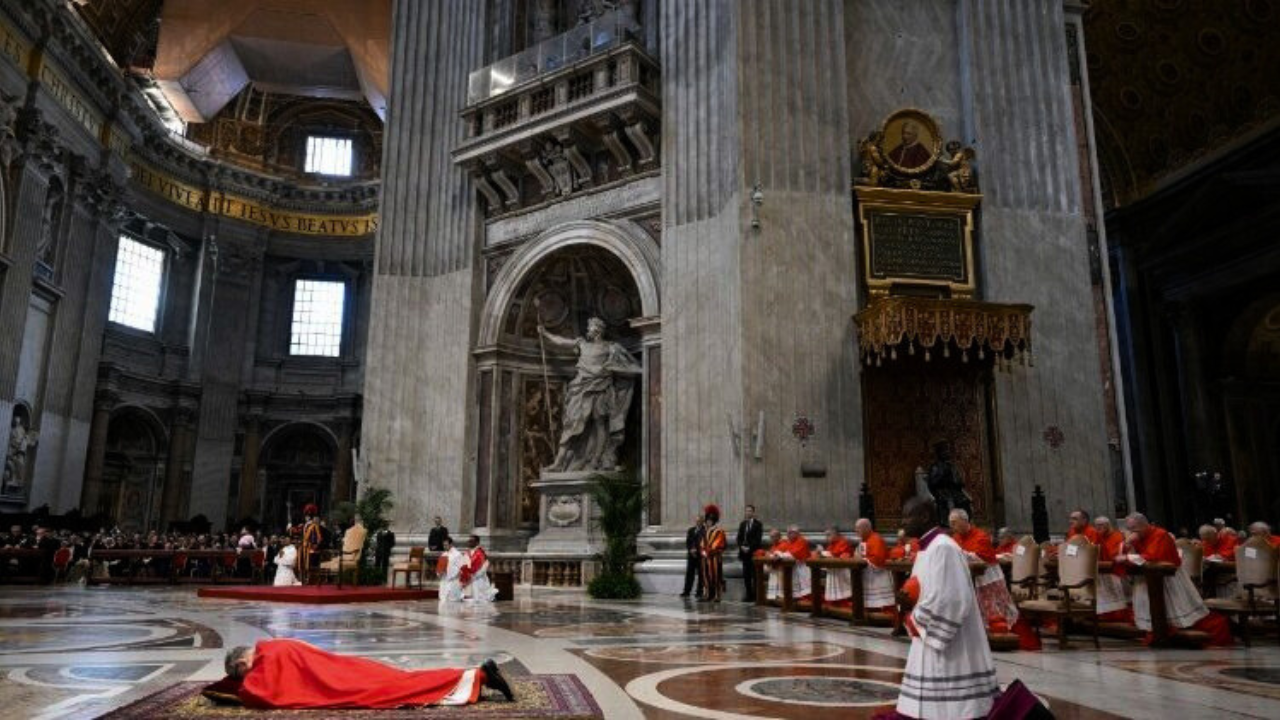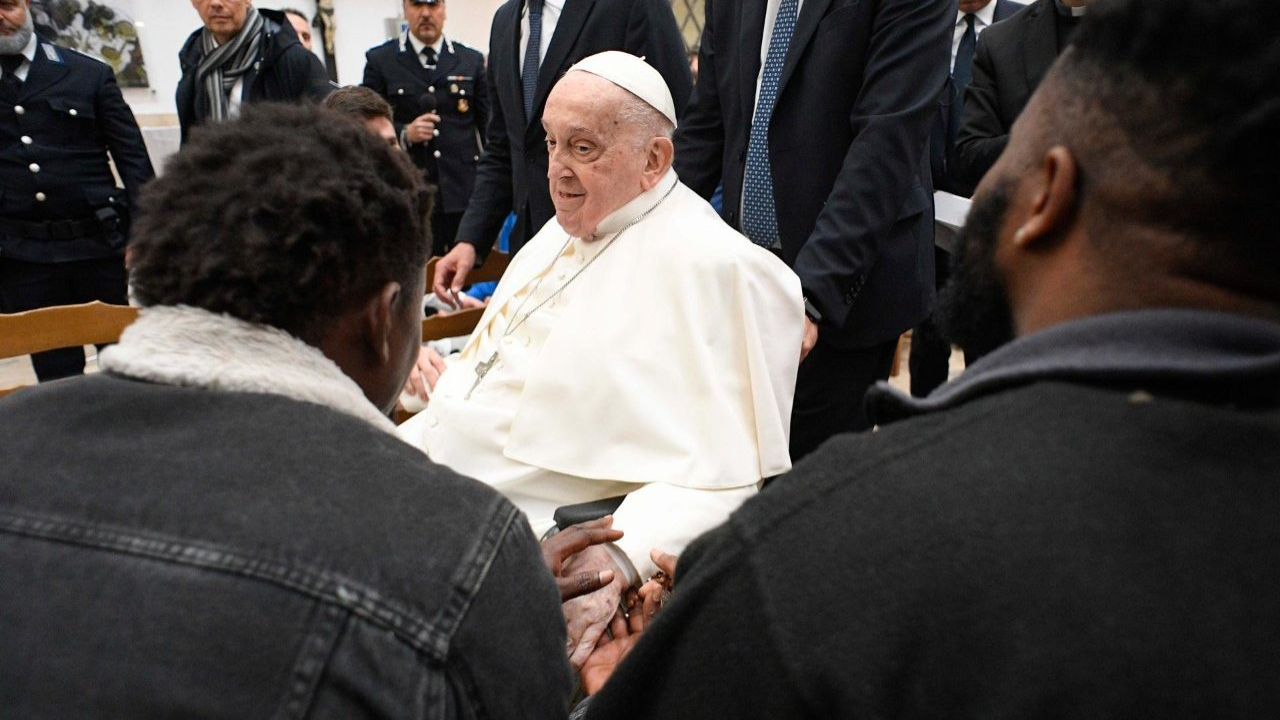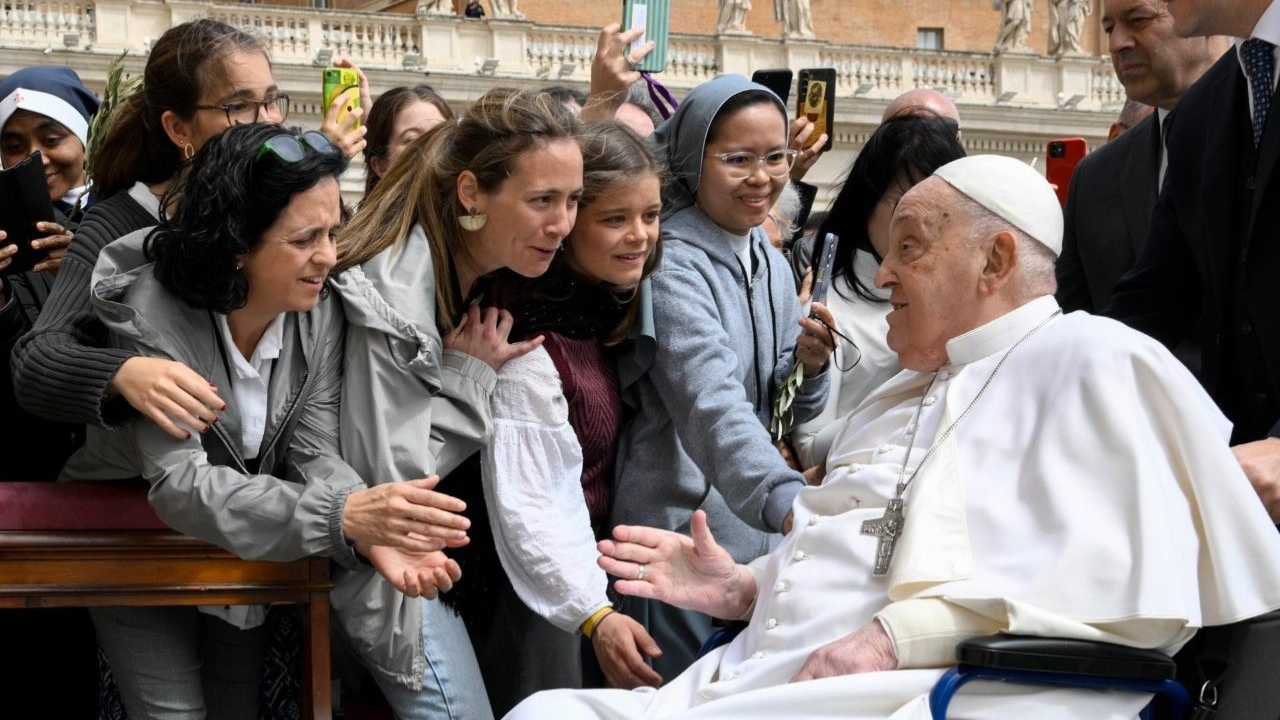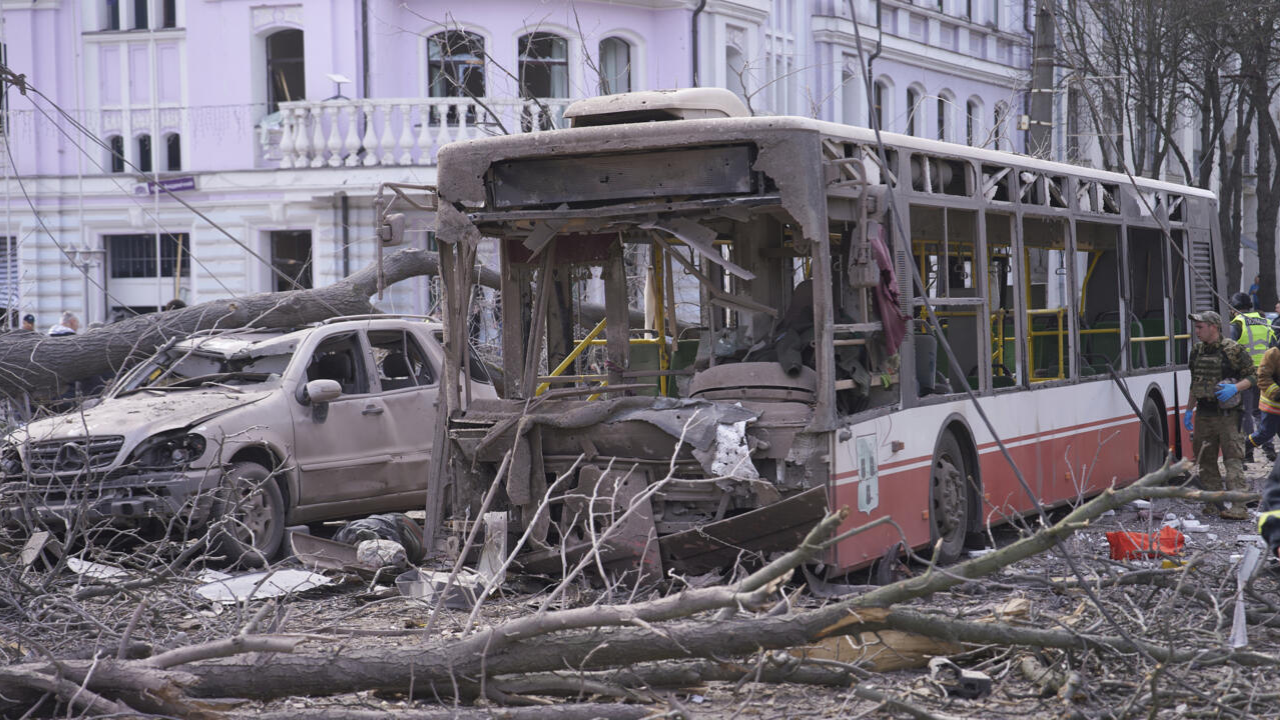Hidden within a bronze door most tourists just walk past is an ancient Roman necropolis. Now, the Vatican Museums have opened these doors and a unique perspective into the life of the lower class of ancient Romans to the public.
DR. GIANDOMENICO SPINOLA
Vice Artistic-Scientific Director, Vatican Museums
There are so many small objects, so many small traces of evidence that tell us a story of those people who normally have no story. They have no story from the point of view of literature compared to the big impact left by important, rich people. So here we have given voice to people, to this little "spoon river" of ancient Rome of people who can now tell us more about their lives.
In 1956, under Pius XII, the Vatican began constructing a new parking lot and stumbled upon artifacts from the 1st to the 3rd centuries AD on this ancient Roman road called the via Triumphalis. They continued excavating and this necropolis was discovered.
Archeaologists discovered objects that reveal that many of the people buried here were slaves of the imperial family. They worked on the emperor's estates and in the largest theater in Rome.
These burial grounds were originally opened in 2013. But now, visitors will have more direct access to them.
DR. GIANDOMENICO SPINOLA
Vice Artistic-Scientific Director, Vatican Museums
Now, the new entrance will be used to begin to make these excavations independent of the ticket from the Vatican museums.
Little by little we will isolate the route and allow free entry to people who can visit the excavation site as much as they want and choose what topics to delve into with the interactive screens.
The necropolis will be open to the public from November 17 with the goal of giving visitors an interactive and educational deep dive into the ancient ruins of life in the Roman Empire.
KG
